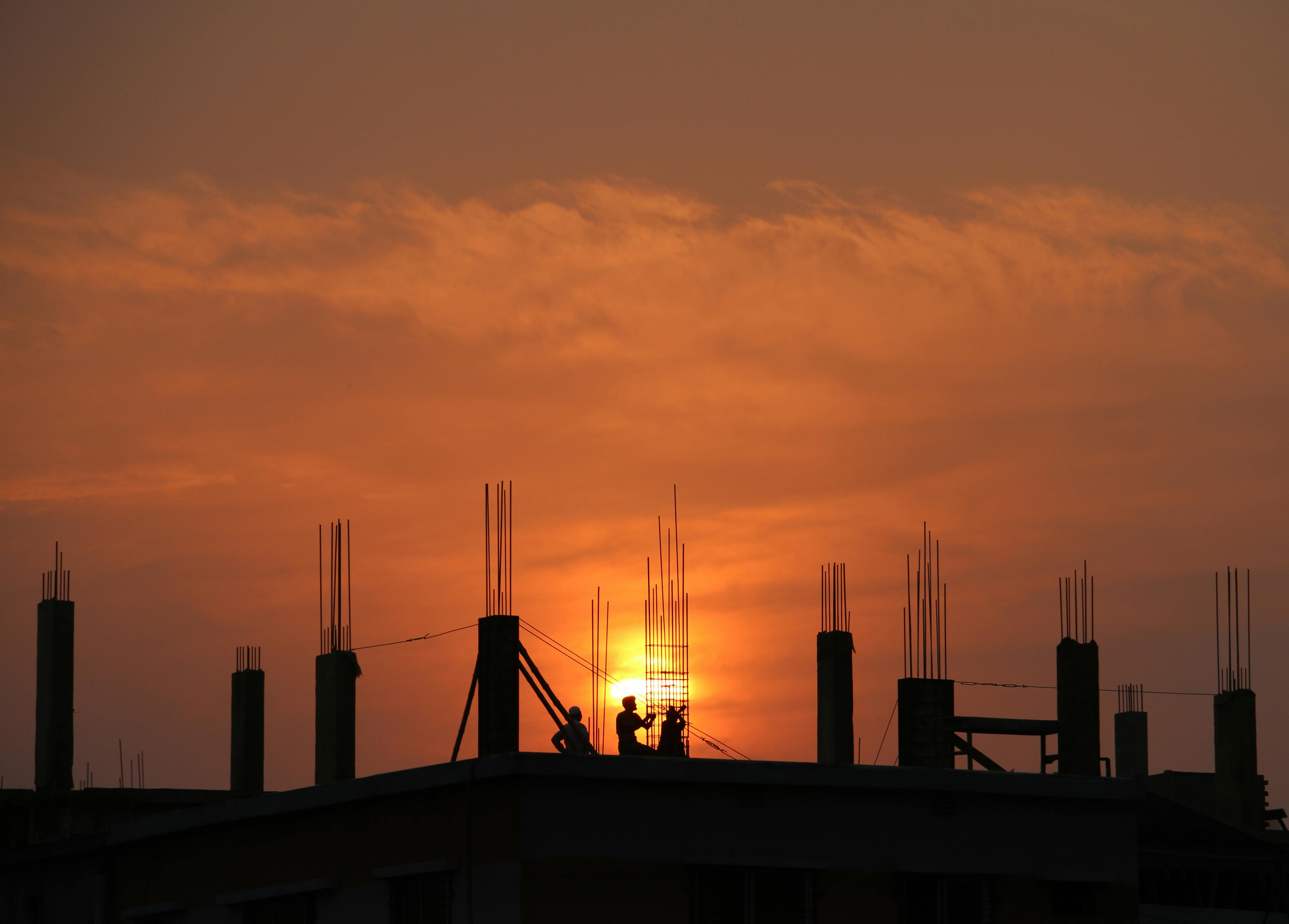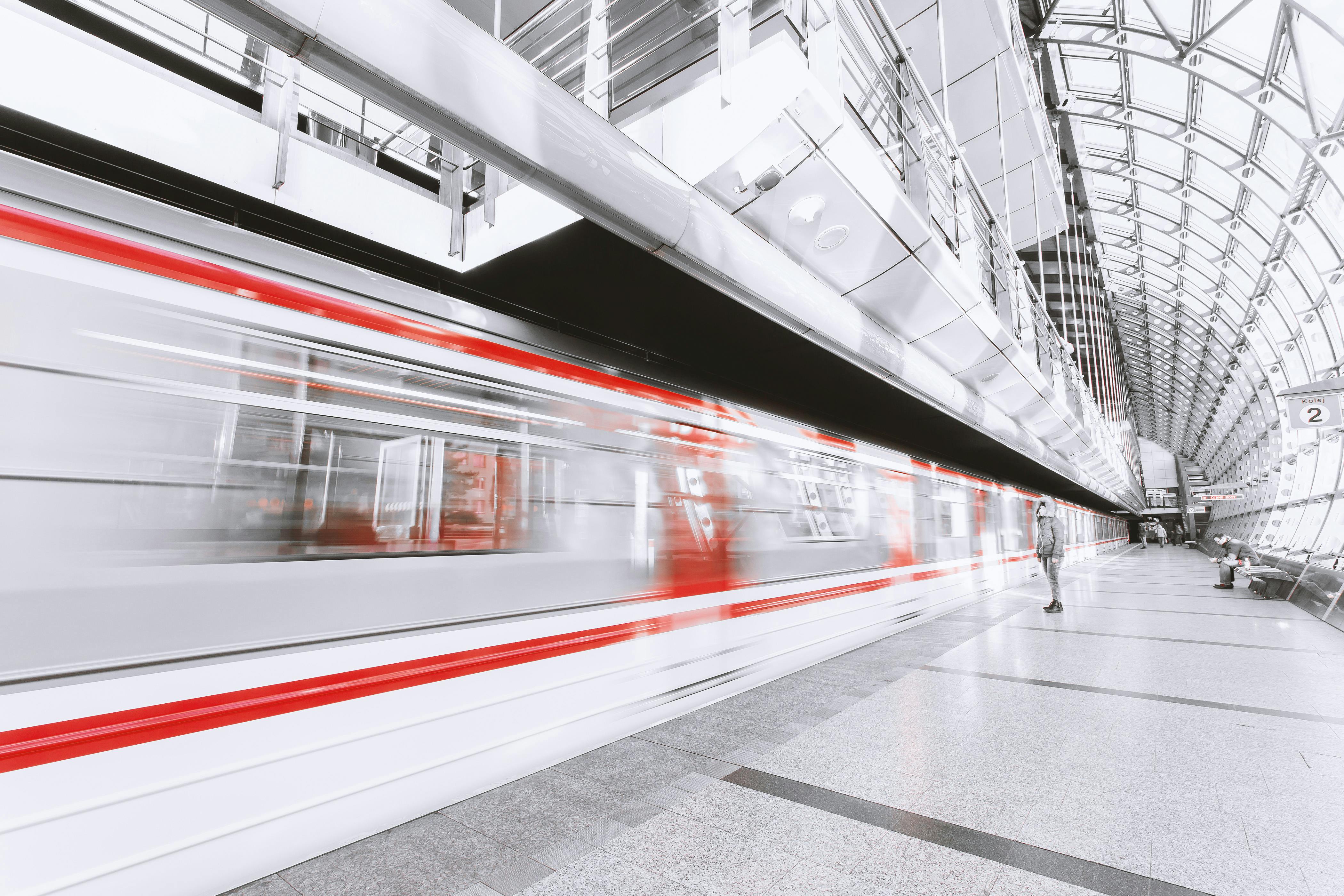The introduction of the bullet train in India is one of the most ambitious infrastructure projects the country has ever undertaken. As excitement builds around this high-speed marvel, a key question arises: What is the cost of the bullet train in India? Let’s delve into the details to understand the financial implications, funding strategies, and the long-term benefits of this transformative initiative.
What is the Bullet Train in India Project?
The flagship bullet train project, officially called the Mumbai–Ahmedabad High-Speed Rail (MAHSR) corridor, spans approximately 508 kilometers. It aims to connect Mumbai in Maharashtra to Ahmedabad in Gujarat at a top speed of 320 km/h. The corridor is expected to reduce travel time from 8 hours to just 2 hours, making it a game-changer for intercity connectivity.
Bullet Train in India Cost: Breaking Down the Numbers
The estimated cost of the bullet train project is approximately ₹1.1 lakh crore (₹1.1 trillion). This figure includes various components such as construction, land acquisition, rolling stock, and technology transfer. Here’s a breakdown:
- Construction and Infrastructure: Over 60% of the total cost is allocated to building tracks, bridges, tunnels, and stations.
- Rolling Stock: The cost of purchasing and manufacturing high-speed trains forms a significant part of the budget.
- Technology Transfer: India is leveraging Japan’s Shinkansen technology, which comes with licensing and training costs.
- Land Acquisition: Acquiring land for the project’s 508-kilometer route has been a major expense.
Funding Sources for the Bullet Train in India
To finance this ambitious project, India has adopted a multi-pronged funding strategy:
- Soft Loan from Japan:
- Japan International Cooperation Agency (JICA) is providing a loan covering 81% of the project cost at an interest rate of 0.1% per annum.
- The loan has a repayment period of 50 years, with a moratorium of 15 years.
- Government Contributions:
- Both the Indian central government and the governments of Maharashtra and Gujarat are contributing to the remaining 19% of the cost.
- Private Investment:
- Involvement of private contractors and companies for construction and supply of materials is expected to streamline costs and enhance efficiency.
Comparing Costs: How Does India’s Bullet Train Stack Up?
The cost of India’s bullet train project is significantly lower compared to similar projects globally. For example:
- Japan: Shinkansen network construction costs range between $50-60 million per kilometer.
- China: High-speed rail costs approximately $17-21 million per kilometer.
- India: The MAHSR corridor costs around $18 million per kilometer, largely due to Japan’s financial support and competitive local labor costs.
Long-Term Benefits of the Bullet Train Investment
While the upfront cost is substantial, the long-term economic, social, and environmental benefits are expected to justify the investment. Here’s how:
- Economic Growth:
- The project is creating thousands of jobs in construction, engineering, and manufacturing.
- Improved connectivity will boost trade and tourism, contributing to regional economic development.
- Time Savings:
- Reduced travel time will make business trips and daily commutes more efficient, increasing productivity.
- Environmental Impact:
- Powered by electricity, bullet trains produce significantly lower greenhouse gas emissions compared to airplanes and cars.
- Technological Advancements:
- India’s collaboration with Japan is fostering knowledge transfer and skill development in high-speed rail technology.
Challenges in Managing the Bullet Train Cost
Despite its benefits, the project has faced financial and logistical challenges:
- Land Acquisition:
- Procuring land in densely populated regions has led to delays and increased costs.
- Pandemic Disruptions:
- The COVID-19 pandemic caused construction delays, pushing up overall costs.
- Public Skepticism:
- Some critics argue that the funds could have been allocated to improving existing railway infrastructure.
Future Plans and Expansion
The Mumbai–Ahmedabad corridor is just the beginning. India’s vision includes a network of high-speed rail corridors under the Diamond Quadrilateral initiative, connecting major metropolitan cities. Proposed routes include:
- Delhi–Ahmedabad
- Chennai–Bengaluru–Mysuru
- Mumbai–Nagpur
- Delhi–Varanasi
Each of these projects will come with its own set of costs and funding strategies, but the overall objective remains the same: to revolutionize India’s transportation landscape.
For Further Reading
- Explore the Shinkansen technology: Japan Railway Journal
- Details about JICA’s funding: Japan International Cooperation Agency
- Updates on India’s high-speed rail: Ministry of Railways
Conclusion
The bullet train in India cost is undoubtedly significant, but it represents an investment in the country’s future. By transforming transportation, enhancing connectivity, and fostering economic growth, this high-speed rail project is set to redefine how India travels. With careful management and execution, the benefits are likely to far outweigh the initial expenditure, making it a landmark achievement for the nation.


